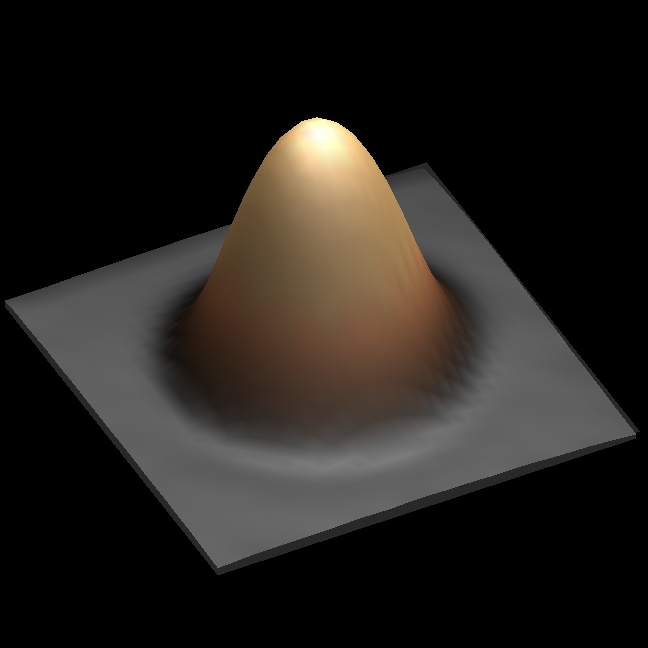With devices shrinking all the time, we’re in constant need to cram ever more data into smaller storage spaces. To that end, IBM just announced they were able to store data inside a single atom by turning it into the tiniest magnet ever created.
The milestone could have a massive impact on the way we store digital data in the future. It may only be a matter of time before we start seeing the entire iTunes library stored on a hard drive the size of a credit card. Working out of IBM’s Almaden lab, the team of researchers published their findings in the journal Nature.
The researchers achieved their feat by taking the element holmium and manipulating its magnetic field. The atom was placed on a strip of magnesium oxide and stored at a temperature below 5 Kelvin. They then used a pulse of electric current from the magnetized tip of a scanning tunneling microscope to flip the atom’s magnetic field one way or the other – similar to switching a bit between a 1 and a 0. They used the same microscope to read the atom’s current magnetic state and derive whether it was encoded as a 1 or 0.
“Magnetic bits lie at the heart of hard-disk drives, tape and next-generation magnetic memory,” Christopher Lutz, lead nano science researcher at IBM Research, said in a release. “We conducted this research to understand what happens when you shrink technology down to the most fundamental extreme — the atomic scale.”

Prior to this breakthrough, we were limited by the laws of physics in just how small we could get magnets to shrink down to. If you take a magnet and keep cutting it in half, it will at some point get so small, its magnetic field will become unstable. It would start flipping its polarity randomly, making it a pretty bad choice for storing bits of data. For that reason, current commercial bits are made up of around 1 million atoms each.
But scientists have been working on how they might be able to shrink that number down for years. In a 2012 study, researchers were able to get one bit down to 12 atoms. Now, they’ve gotten it down to just one.
Still, we can’t get too excited yet. The current research is more a proof of concept than anything ready for prime time. Right now, the working device only contains two holmium atoms – meaning it has a storage capacity of 2 bits. It may take a few more decades to see holmium atoms replacing our current computer hard drives. But it gives us some view into just how small we can go. It may just be a matter of time before we can start fitting the world’s digital information in a storage unit that fits in our hands.











